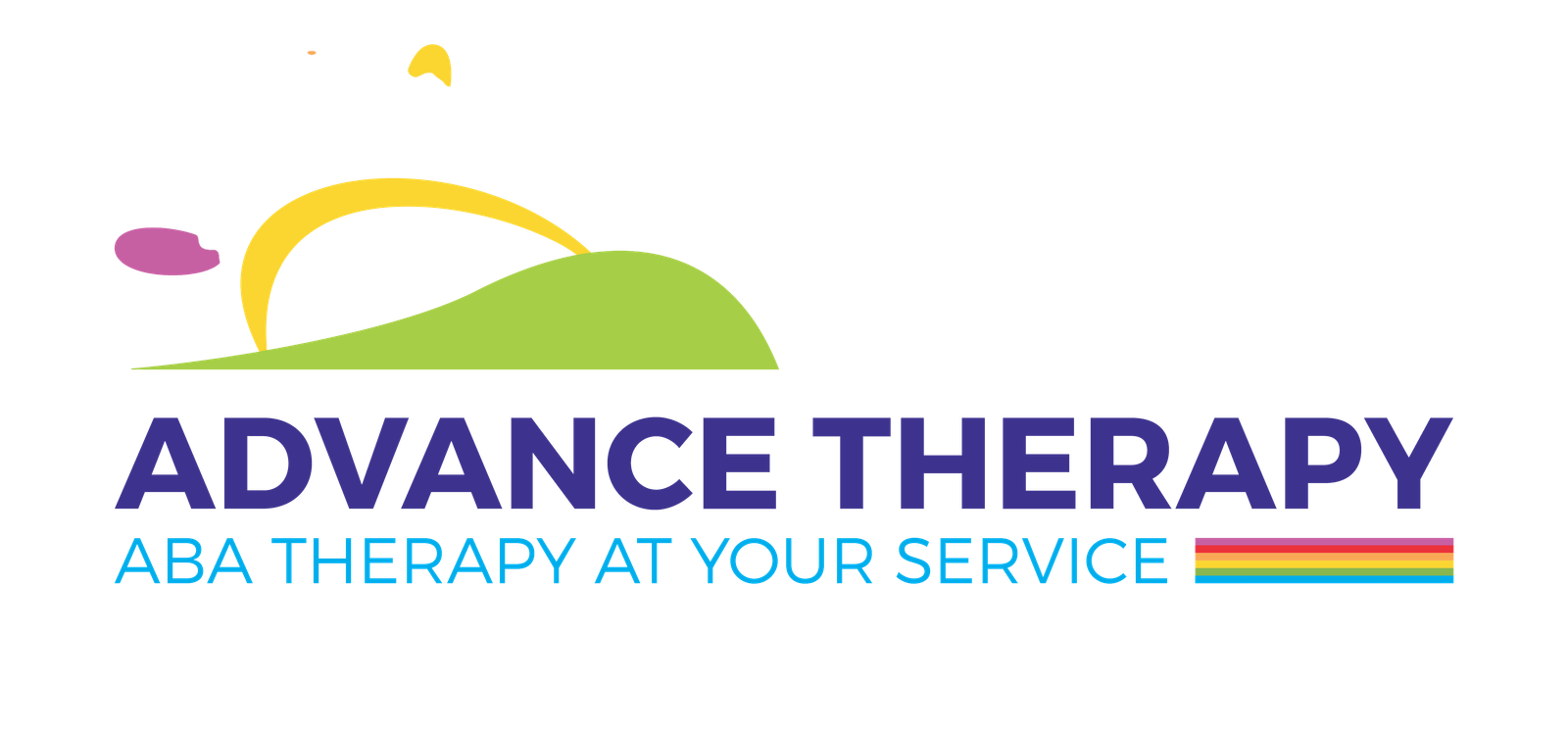The Science Behind ABA Therapy
Behavioral Psychology Foundations
ABA is deeply rooted in behavioral psychology. Two concepts are central to its science:
Operant Conditioning: Behavior is influenced by consequences. Reinforcement increases the likelihood of a behavior, while punishment decreases it.
Classical Conditioning: Behaviors can be associated with stimuli to evoke predictable responses.
By leveraging these principles, ABA therapy methods can systematically shape behavior over time.
Neurobiological Considerations
Recent research has shown that ABA interventions can lead to measurable changes in brain activity. By consistently practicing desired behaviors and reinforcing them, neural pathways are strengthened, leading to more automatic and efficient behavior patterns.
Data-Driven Decision Making
One of the hallmarks of ABA is its reliance on empirical data. Therapists collect and analyze data on behavior frequency, duration, and intensity to refine interventions. This scientific rigor ensures that therapy is not based on guesswork but on observable, measurable outcomes.
Evidence-Based Outcomes
Extensive research demonstrates that ABA can significantly improve outcomes for individuals with autism and other developmental disorders. Studies report improvements in:
This strong evidence base is why ABA remains a gold standard in behavioral intervention.
Implementing ABA Therapy Methods
Individualized Program Planning
ABA is highly individualized. Each therapy plan begins with a comprehensive assessment, identifying strengths, weaknesses, and areas for improvement. Goals are set based on measurable outcomes, ensuring that progress is both achievable and meaningful.
Role of Therapists
ABA therapists, also known as behavior analysts, are trained to implement interventions, collect data, and adjust strategies. They work closely with families to ensure consistency and generalization across environments.
Parent and Caregiver Involvement
Active involvement from parents and caregivers is crucial. They provide reinforcement at home, participate in skill-building exercises, and help maintain consistency. Studies show that family involvement amplifies the effectiveness of ABA therapy methods.
Using Technology in ABA
Modern ABA often incorporates technology, such as tablet apps and data-tracking software, to enhance learning and monitor progress. These tools make therapy more engaging and allow therapists to analyze data efficiently.
Practical Applications of ABA Therapy Methods
Communication Skills
ABA is highly effective in promoting communication. By reinforcing verbal and nonverbal communication, children learn to express needs, respond to questions, and engage socially. Techniques such as Verbal Behavior Therapy and Pivotal Response Training are particularly effective in this area.
Social Skills
Through structured interactions and naturalistic teaching, ABA helps individuals develop social reciprocity, initiate conversations, and understand social cues. Role-playing, peer modeling, and group activities are often incorporated.
Academic and Daily Living Skills
ABA interventions are applied in educational settings to enhance learning and academic performance. Daily living skills, such as dressing, grooming, and hygiene, are also taught using structured reinforcement and stepwise instruction.
Behavior Management
Challenging behaviors can interfere with learning and socialization. Functional Behavior Assessments help identify the cause, and targeted interventions reduce maladaptive behaviors while promoting positive alternatives.
Conclusion
The science behind ABA therapy methods is both rigorous and transformative. By combining principles of behavioral psychology with individualized, data-driven interventions, ABA empowers individuals to acquire critical skills, reduce challenging behaviors, and achieve greater independence.
ABA is not just a therapy—it is a systematic approach to unlocking human potential. Its methods are grounded in evidence, shaped by observation, and refined through continuous measurement. For families, caregivers, and professionals, understanding the science behind ABA opens doors to meaningful progress and lasting change.
Whether it is enhancing communication, promoting social skills, or managing challenging behaviors, ABA provides a structured, scientifically validated pathway for growth. With dedicated therapists, engaged families, and consistent reinforcement, the impact of ABA can be profound, measurable, and life-changing.
In a world where understanding behavior can transform lives, ABA stands as a beacon of hope and empowerment. By embracing the science, applying the methods, and fostering consistency, anyone involved in ABA therapy can witness the remarkable potential of human learning and behavior modification.




